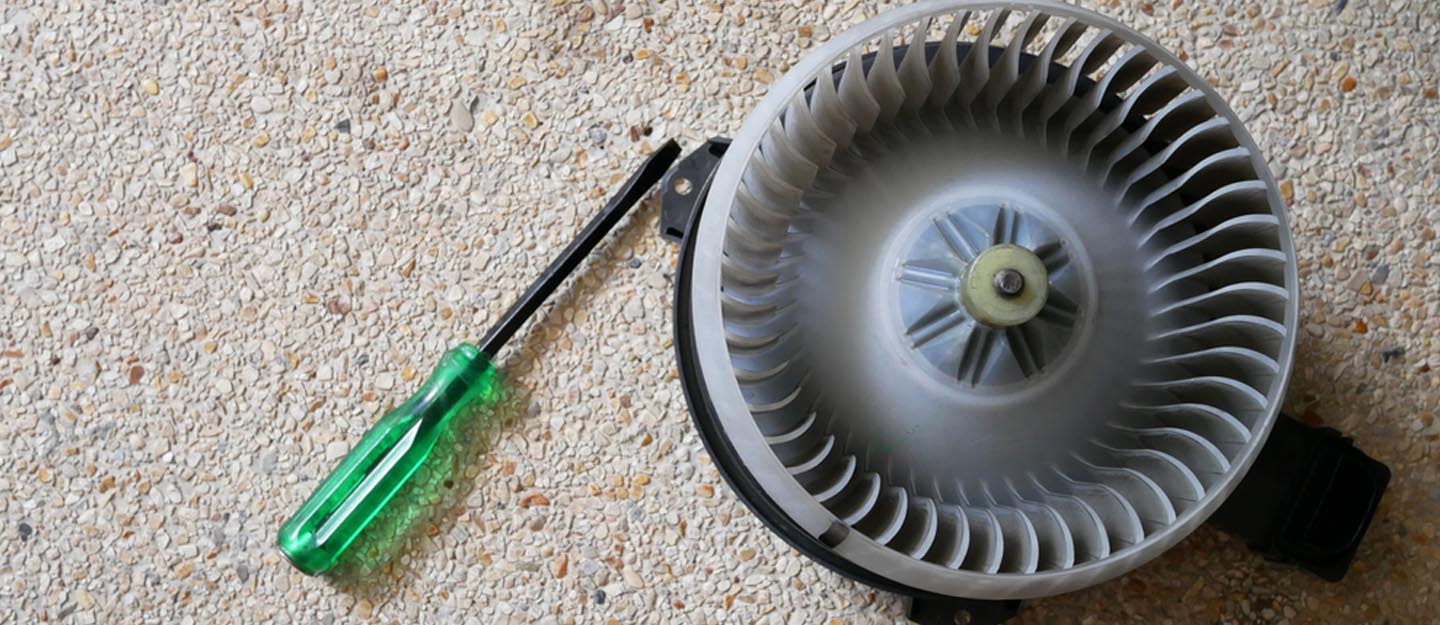Few things are as frustrating on a hot day as a car AC system that isn’t delivering the cool air properly. Even if your refrigerant is fully charged and the compressor is working perfectly, you won’t feel the relief unless adequate air is being pushed through the vents. This crucial task falls to the blower motor. Situated behind the dashboard, the blower motor is essentially a fan responsible for forcing air over the evaporator coil (for cooling) or heater core (for heating) and into the cabin. When this vital component malfunctions, you’re left with weak airflow, inconsistent speeds, or no airflow at all, turning your comfortable ride into a sauna. Identifying and addressing blower motor problems are key to restoring your AC’s full functionality and ensuring a pleasant driving experience, regardless of the weather outside.
Diagnosing the Dreaded Draft: Common Blower Motor Faults
Several issues can plague a car’s blower motor, leading to reduced or absent airflow. One very common problem involves the blower motor resistor. This component controls the fan speed by varying electrical resistance. A faulty resistor often results in the blower only working on the highest setting, or sometimes not at all. The motor itself can also wear out over time, causing it to run slower, make rattling or squealing noises, or fail completely due to worn bearings or brushes. Electrical issues like blown fuses, faulty relays, or damaged wiring can prevent power from reaching the motor. Furthermore, physical obstructions, such as leaves, debris, or even small animals, finding their way into the blower housing can impede the fan’s movement or cause damage. Proper diagnosis is the first step in determining the correct repair solution. Opting for the Auto AC Repair in Woodbury, MN based service is essential here.
First Steps in Troubleshooting: What You Can Check
Before rushing to a professional, there are a few simple checks you can perform if you suspect a blower motor issue. Start by inspecting the fuse box – a blown fuse related to the blower motor or HVAC system is a quick and easy fix. Consult your car’s owner manual to locate the correct fuse and relay and check their condition. Another major culprit behind poor airflow, often mistaken for a blower motor problem, is a clogged cabin air filter. A dirty filter restricts airflow significantly, causing the fan to work harder with diminished results. Checking and often replacing this filter is a simple DIY task that can dramatically improve airflow. Listen carefully to the blower motor when it’s running; unusual noises like clicking, squealing, or grinding can indicate internal motor problems or obstructions.
Keeping Airflow Strong: Prevention and Final Thoughts
Maintaining optimal airflow from your car’s AC system involves addressing current problems and taking preventive measures. Regularly replacing your cabin air filter according to your vehicle’s maintenance schedule is paramount. This simple step not only ensures clean air but also prevents the blower motor from being overworked by pushing air through a restricted path. Addressing unusual noises promptly can also prevent minor issues from escalating into major failures. Ultimately, restoring full airflow from your car’s AC system is crucial for comfort on the road. Whether the solution involves a simple filter change, replacing a faulty resistor, or a more involved blower motor replacement by a professional, addressing these issues with timely car AC repair ensures you can enjoy cool, consistent air throughout your vehicle’s cabin.

